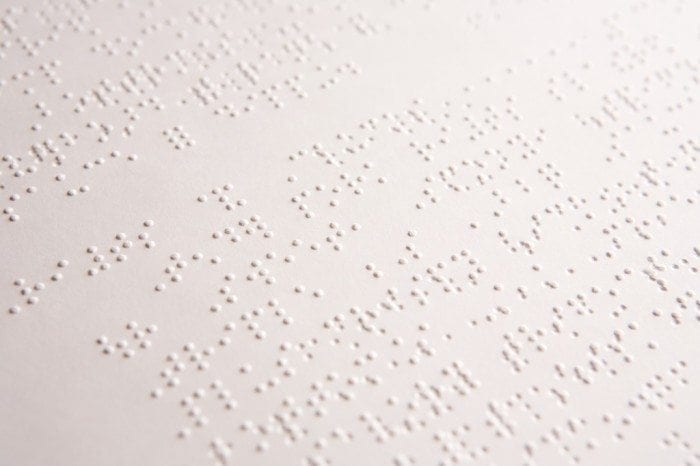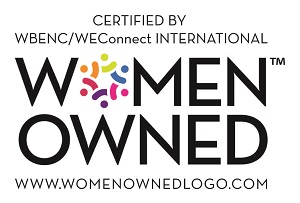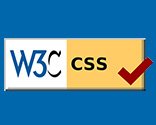January is Braille Literacy Month
Published onWelcome to January, a month that’s more than just chilly weather and New Year’s resolutions. It’s also the month dedicated to celebrating braille literacy! Let’s uncover what braille literacy is, why it’s important, and how it fits into today’s world. It’s time to dive into the fascinating world of braille!

What is Braille Literacy?
Braille literacy refers to the ability to read and write using braille, a tactile system developed by Louis Braille in the early 19th century. It’s comprised of raised dots arranged in specific patterns, representing letters, numbers, punctuation, and even musical notations. Braille provides a means of communication and access to information for people who are blind.
Related: What is Braille?
Why is Braille Literacy important?
Braille literacy empowers people with blindness to access written information on their own. It opens doors to education, employment, and personal growth, enabling braille readers to participate fully in society. Mastering braille means improving communication skills, expanding knowledge, and pursuing dreams.
Related: Literacy Inequality & People With Visual Disabilities
What does Braille Literacy look like?
In order for someone to be proficient in reading and writing in braille, they must develop tactile sensitivity. People use touch to distinguish braille characters, which means that the tips of a person’s fingers must adapt to the sensation to understand and produce it accurately.
You can find braille in most areas of life. Whether through books or signage, it’s how people with blindness navigate and make sense of the world around them.
Related: The Critical Need For Teachers of the Visually Impaired

Why celebrate Braille Literacy in January?
Braille Literacy Month occurs in January to honor the birth of Louis Braille, the inventor of the braille system. Born on January 4, 1809, Louis Braille’s groundbreaking work revolutionized how blind individuals access written information. This month serves as a reminder of his remarkable contribution and the importance of braille literacy.
Related: 10 Interesting Facts for World Braille Day
Is Braille Literacy still relevant today?
With the development of the digital age, some question the relevance of braille literacy. Why should someone read braille when there are other outlets to get the information needed? Well, why is it important for schools to teach literacy in the first place? Being literate promotes independence, cognitive development, and freedom that isn’t limited to what technology can provide. That’s why it remains as vital as ever. In fact, there’s been a braille resurgence within the past ten years or so.
Braille literacy ensures equality for people with visual disabilities.
Let’s celebrate Braille Literacy!
Braille Literacy Month celebrates the power of braille to transform lives and break down barriers. By promoting braille literacy, we create a more inclusive world where people with visual disabilities can fully participate and achieve their potential. Let’s embrace its importance and work toward a world where everyone has equal access to information and opportunities.
Remember, braille is not just a system of dots. It’s a gateway to independence, knowledge, and endless possibilities. Happy Braille Literacy Month!
Categorized in: Accessibility, Informational, News and Events
This post was written by



Comments are closed here.